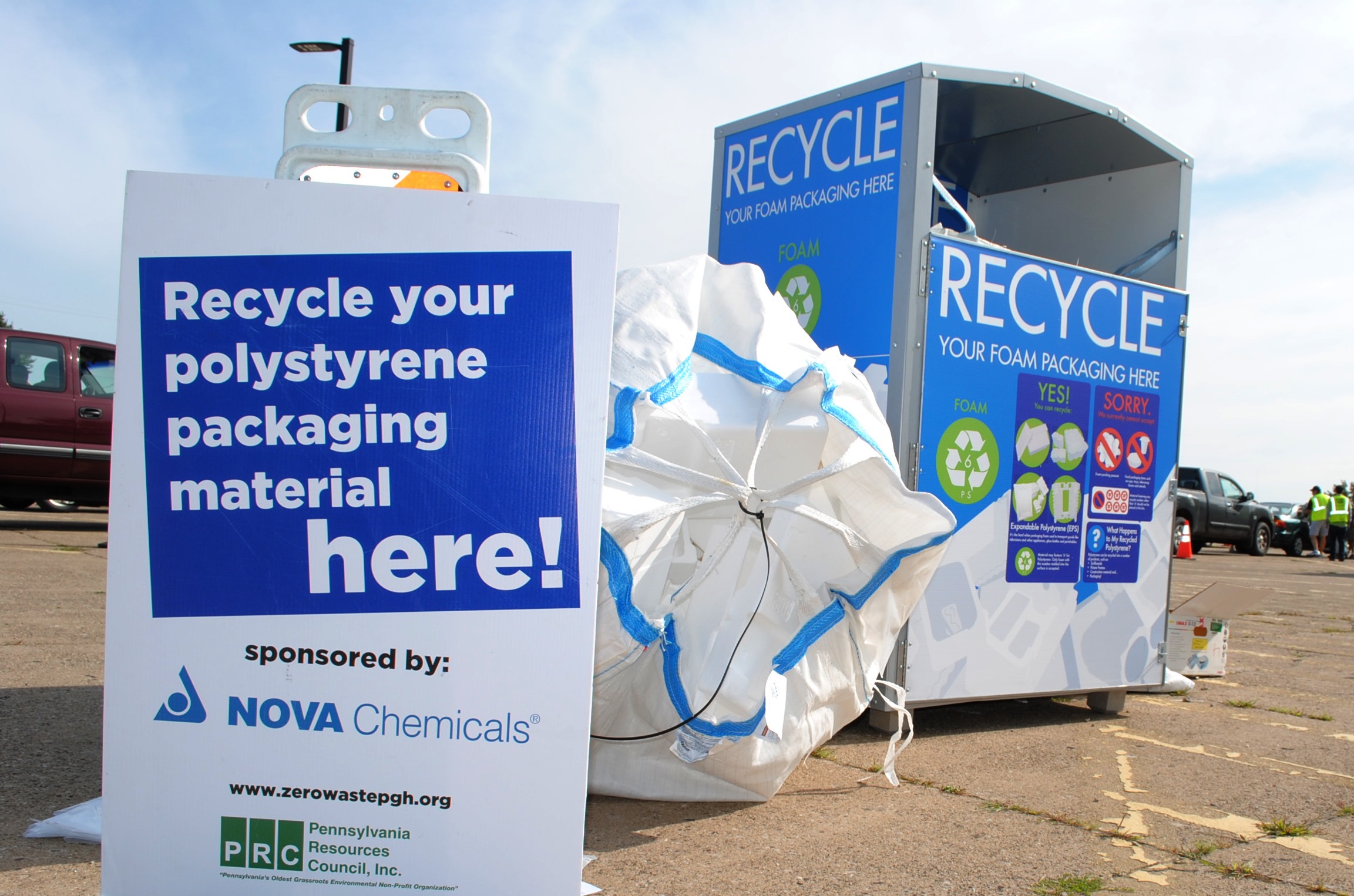
PRC Expanded Polystyrene Recycling
Commonly seen polystyrene foam includes expanded polystyrene (EPS), extruded polystyrene (XPS) and polystyrene paper, such as food tray and cups. Polystyrene foam recycling steps:. 1.RAGN SELL (Polystyrene recycling machine A-C100) 2.The Brick (Polystyrene recycling machine A-C200) 3.Polyrec (Polystyrene recycling machine A-C300).
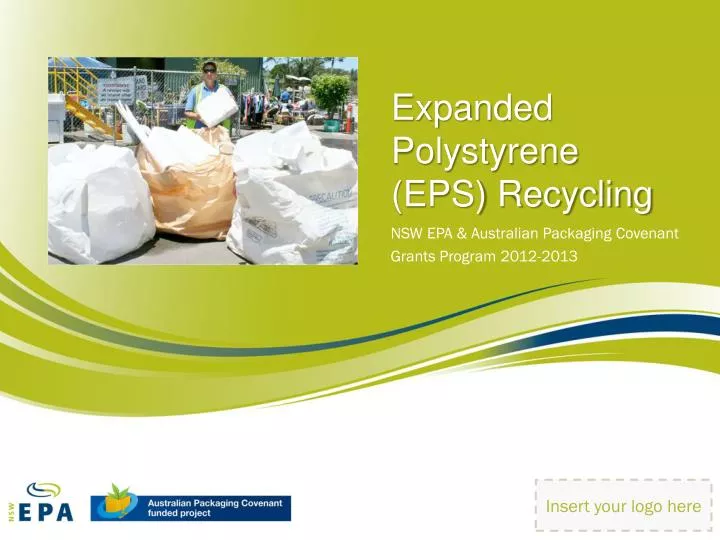
PPT Expanded Polystyrene (EPS) Recycling PowerPoint Presentation, free download ID3095992
Expanded polystyrene (EPS) is used in electrical/electronic appliances as a shock absorber and constitutes a reasonable percentage of the entire plastic waste. There are three methods of recycling.

Expanded Polystyrene Recycling EPS
Visit the EPA website to learn more about the benefits of recycling. Use the map below to find foam #6 recycling throughout North America. This map features drop-off and curbside foam recycling options. To find a foam recycling center near you, type your address into the map's search bar and hit 'enter.'.

Recycling of Expanded Polystyrene Using Natural Solvents IntechOpen
The plastic resin code for polystyrene is #6. It is not usually taken by curbside recycling programs in most places but can be recycled via special recycling programs. In 2016, the EPS Industry Alliance showed that 118 million pounds of EPS were recycled. In the United States, 136 million pounds of EPS were recycled in 2019.

styrofoam/expanded polystyrene recycling machine YouTube
It is well known that the waste of expanded polystyrene foam has caused environmental problems like land and water pollution. This material serious impacts the human health and aquatic environment. But now days, a new recycling technique have been introduced by the help of this technique 20 % volume of EPS waste has been reduced.

How To Recycle Expanded Polystyrene (EPS) To Turn it Into Paint ArchDaily
Expanded polystyrene (EPS), commonly known as styrofoam, doesn't degrade or break down over time. Styrofoam is recyclable, but it is only accepted by a very small number of recycling facilities. The best solution for recycling styrofoam is to reduce usage. Advertisement. You've seen styrofoam used for takeout containers and disposable coffee cups.
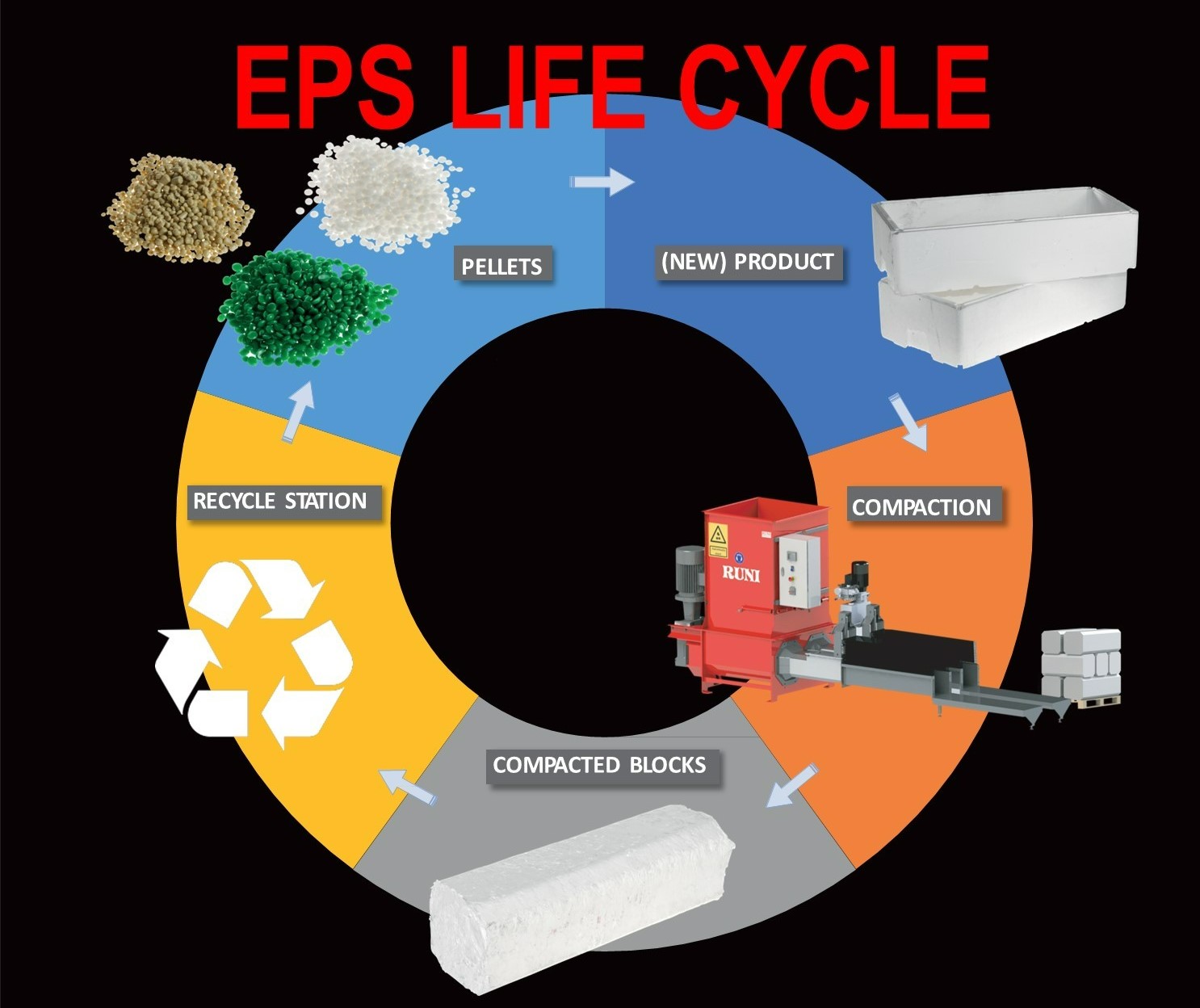
EPS foam recycling Learn how to recycle waste RUNI
Expanded polystyrene materials are difficult to recycle, and it's expensive. They aren't accepted in most of Washington's residential recycling programs and are treated instead as a contaminant. Because they are not readily recyclable, the materials end up in landfills, waste-to-energy facilities, or the environment..
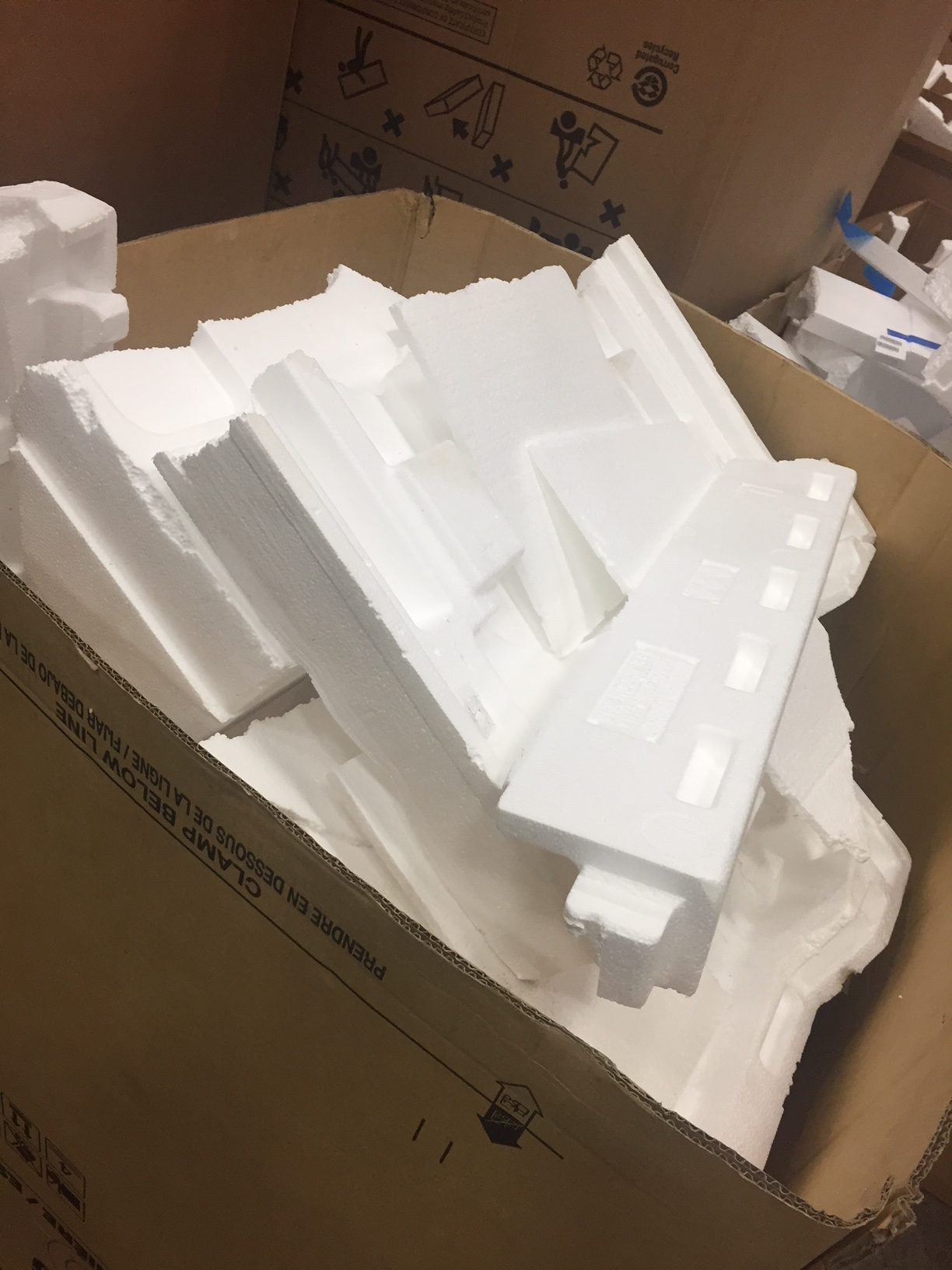
Recycling Expanded Polystyrene (EPS) Giving “Styrofoam” New Life Miller Recycling
Methods of Recycling/Reuse. While curbside recycling is limited for expanded polystyrene, there are recycling markets. The form is the biggest factor in how to get rid of it. EPS in packaging form (especially packing peanuts) is often accepted at shipping stores for reuse, but these locations won't take your to-go containers or cups.

EPS Expanded Polystyrene Recycling Vancouver BC
Senators introduce Farewell to Foam Act. The proposed legislation seeks to phase out products made with expanded polystyrene, such as single-use plastic foam food containers, by 2026. Sen. Chris Van Hollen of Maryland and Rep. Lloyd Doggett of Texas have introduced bicameral legislation to phase out single-use plastic foam food service products.

Expanded Polystyrene (EPS)
1. Introduction. Expanded polystyrene (EPS) is a non-toxic inert polymer with good dimensional stability and low production cost (Aji et al., 2018; Gonçalves et al., 2009).This product has a broad chain of industrial and domestic uses, consolidated in the market over the last decades (Al-Salem et al., 2010; Geyer et al., 2017).In Brazil, the EPS consumption is estimated at 93,000 tons per.
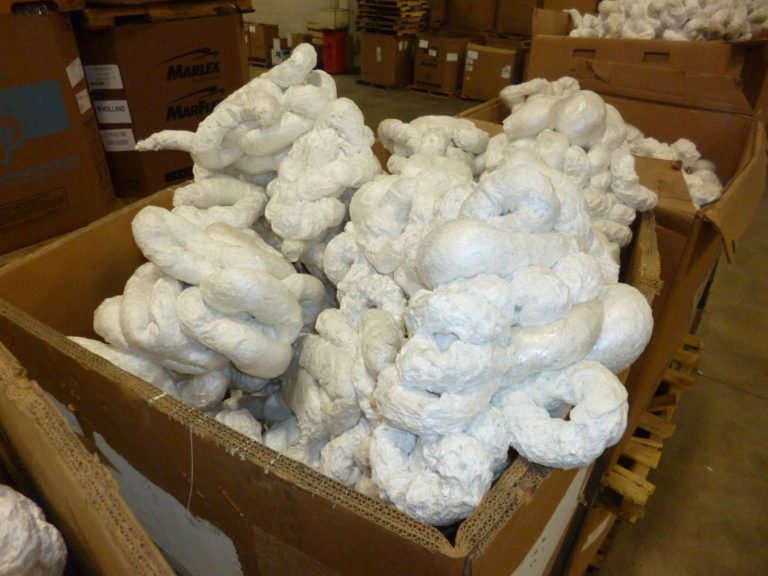
expandedpolystyrene Polypro Recycling
Recycling EPS. The same features that make EPS popular also make it a challenge to recycle: namely, its low density, which can make closing the loop very costly. EPS is 98 percent air, which, when contained in bulky, hard plastic shapes, can become remarkably expensive to transport. It has to be shipped to a facility where it can be compressed.

Discovering the Advantages of Expanded Polystyrene Foam Recycling
Expanded polystyrene foam (EPS) is a lightweight packaging material. Common items that are made from EPS include the many food containers, packaging peanuts, and packaging foam blocks. It can easily be identified by looking for the #6 recycling symbol.

Service Interone Plastics Vancouver Styrofoam Recycle, EPS (Polystyrene Foam) Recycle
Expanded polystyrene waste (WEPW) recycling is managed by two main approaches, incineration and mechanical recycling. Incineration of polystyrene can produce hazardous chemicals while mechanical recycling, despite being more environmentally friendly, has high costs associated with it due to the need for transportation to recycling sites [ 7 ].

Expanded Polystyrene Recycling EPS
Recycle it! Expanded Polystyrene (EPS) is recyclable and is being recycled by businesses and consumers across the world. The EPS industry developed collection infrastructures to support global recycling efforts. EPS can be recycled into a variety of new products. Click here for information on EPS recycling in your country Global recycling.

The Main Recycling Approaches to Expanded Polystyrene Greenmax Recycling Polystyrene Compactor
So recycling polystyrene reduces the amount of oil needed for the manufacturing process. This is not a pure gain, of course, because some energy will still go to transport and to reprocess the material. The most visible benefit of polystyrene recycling is the reduction of litter both on land and in the sea.

Expanded Polystyrene Recycling GREENMAX Recycling EPS compactor
Expanded polystyrene is made when beads of polystyrene are heated, expanded and pressed into molds. Manufacturers can make EPS in large blocks or into specific shapes. The latter option is used to make foam packaging for delicate items like electronics and breakables. For example, a furniture distributor that packs its furniture for delivery to.